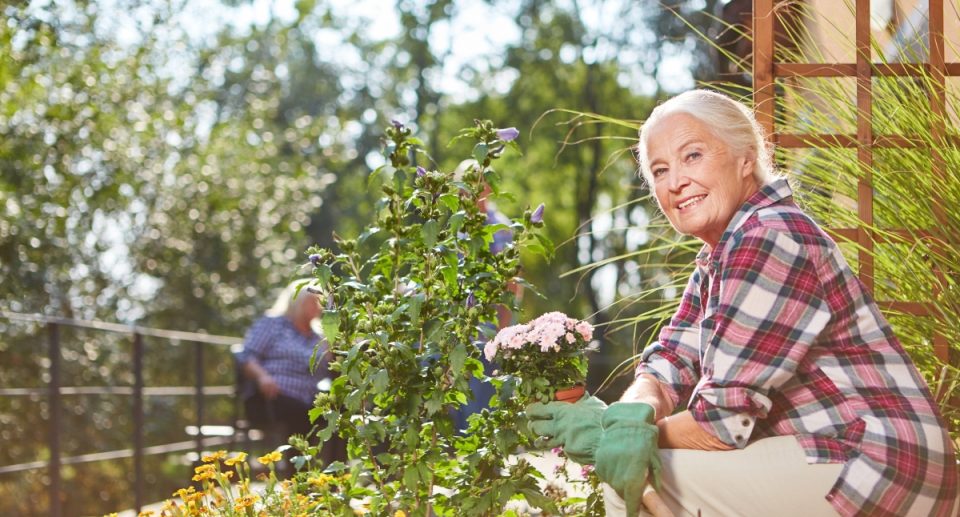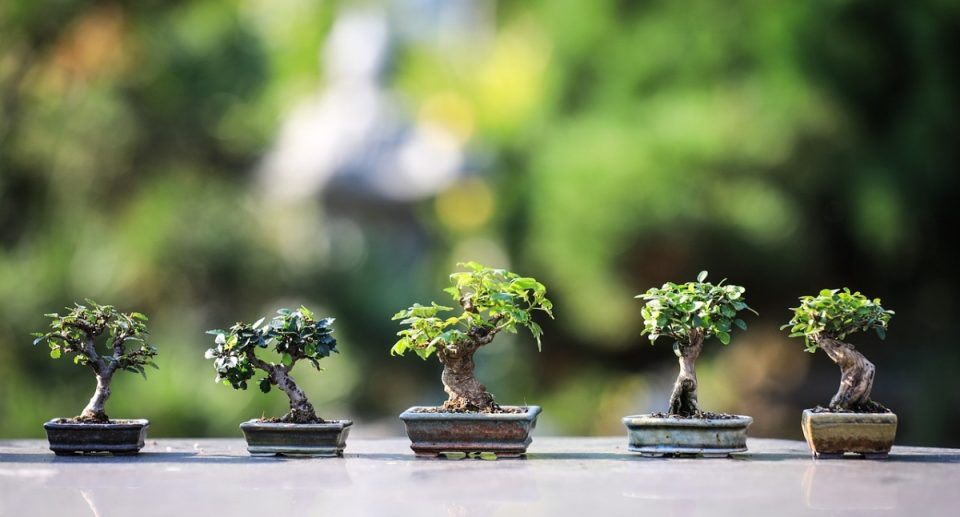How to Attract Wildlife to Your Garden: A Guide for Nature-Loving Seniors
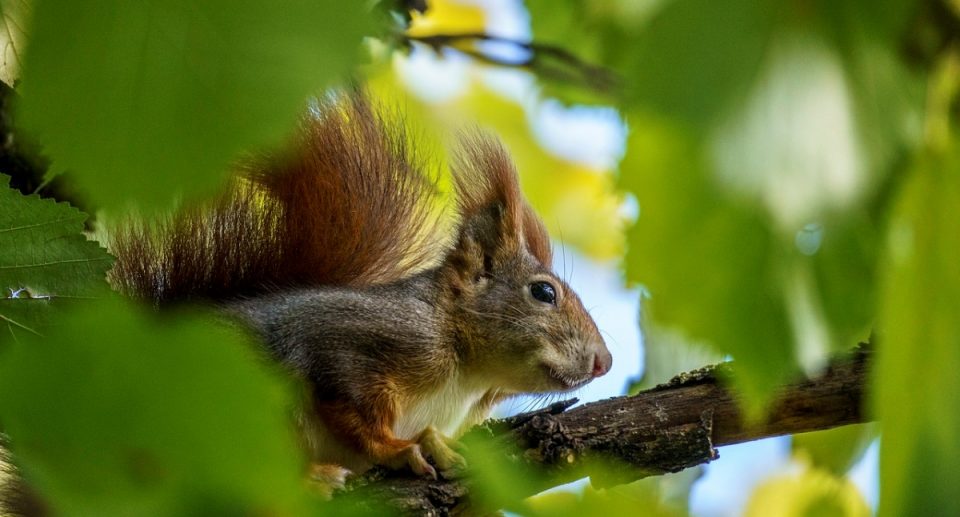
Creating a garden that attracts wildlife is a rewarding endeavor and an excellent way for seniors to connect with nature and enhance their outdoor space. By inviting birds, butterflies, bees, and other creatures into your garden, you contribute to local biodiversity while enjoying the beauty and activity that wildlife brings. This guide will provide practical tips for seniors looking to attract various forms of wildlife to their gardens, ensuring a thriving ecosystem right at home.
1. Understanding the Benefits of Attracting Wildlife
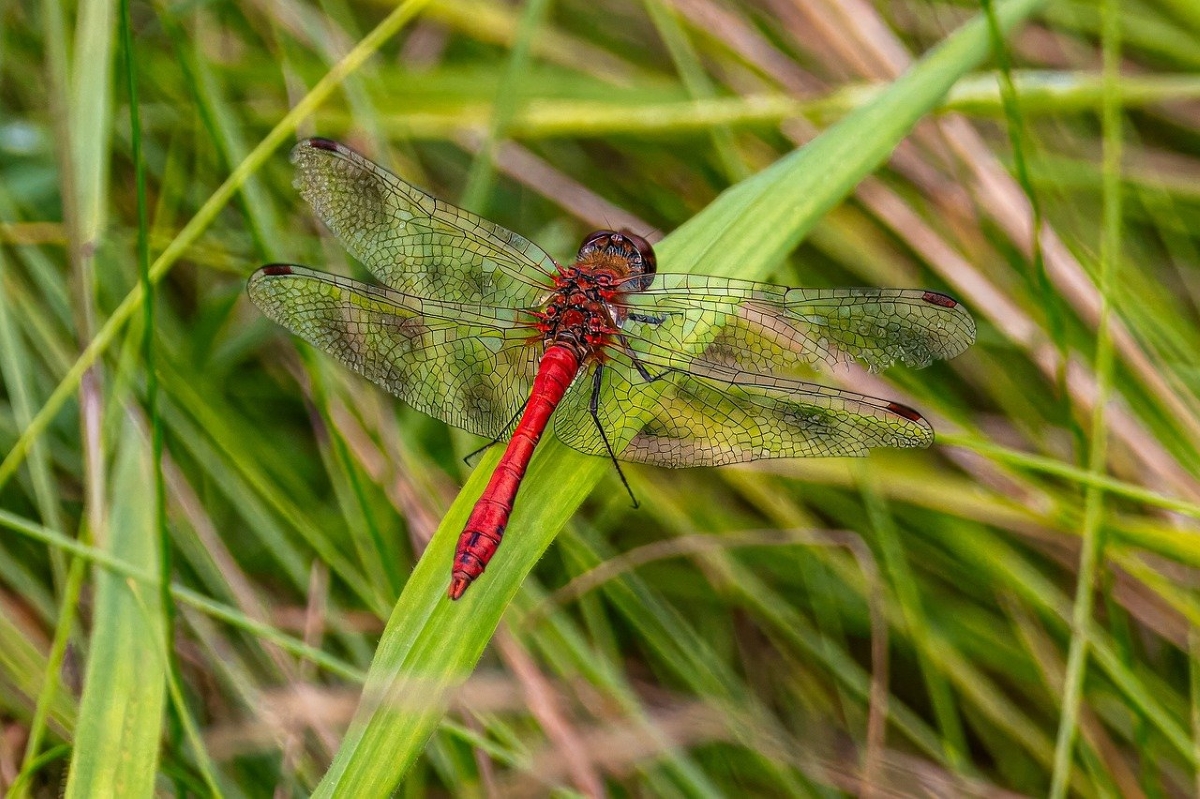
A. Enhancing Biodiversity
Attracting wildlife to your garden plays a crucial role in supporting local ecosystems. Diverse wildlife contributes to pollination, pest control, and soil health, creating a balanced environment. By fostering biodiversity, you help maintain the delicate balance of nature and create a habitat for various species.
B. Enjoying Nature’s Beauty
Wildlife adds beauty and life to your garden. The sight of colorful butterflies fluttering among flowers, birds singing from trees, and bees buzzing around can be a source of joy and tranquility. Engaging with wildlife can also be a great way to relieve stress and enhance overall well-being.
C. Educational Opportunities
Attracting wildlife to your garden provides valuable learning opportunities. Observing the behaviors and interactions of different species can spark curiosity and inspire further exploration of nature. For seniors, this can lead to engaging discussions with family and friends about the importance of conservation and environmental stewardship.
2. Creating a Welcoming Habitat
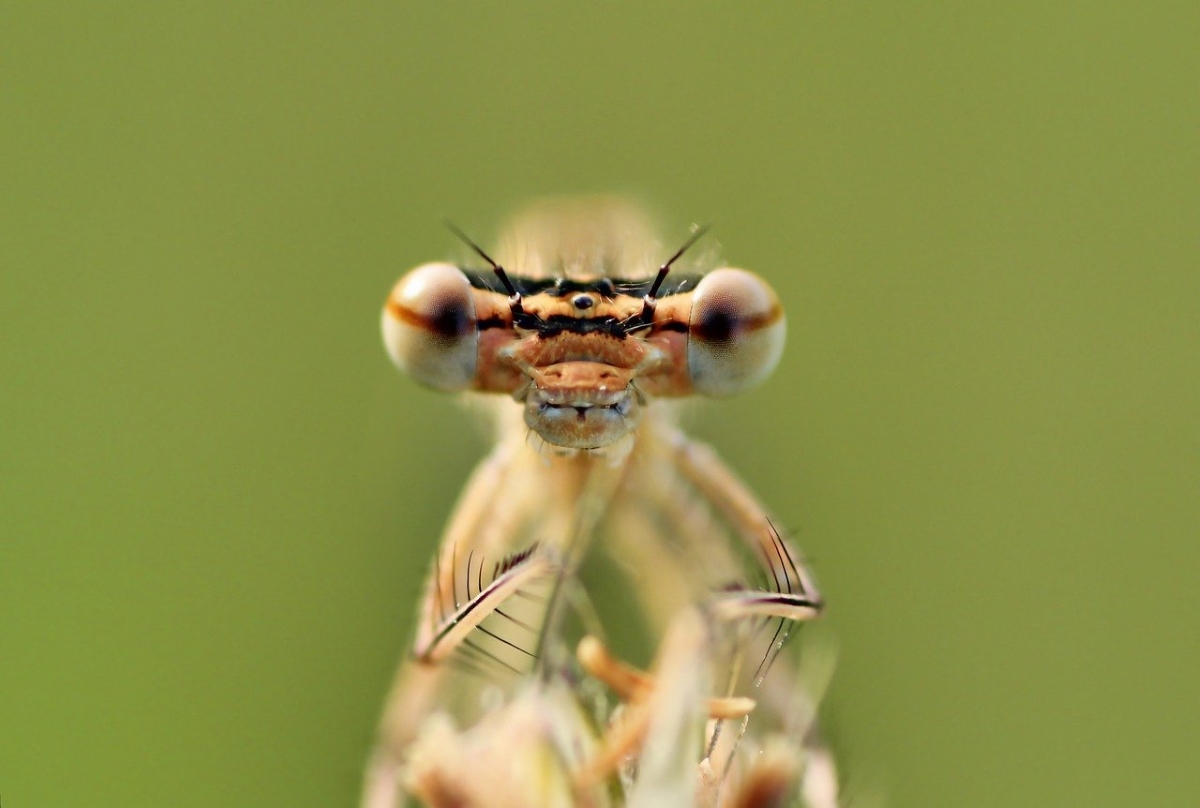
A. Plant Native Species
Native plants are well-adapted to the local climate and soil, making them easier to grow and care for. They also provide the necessary food and shelter for local wildlife. Incorporating a variety of native flowering plants, shrubs, and trees will attract pollinators, such as bees and butterflies, while offering food sources for birds and small mammals. Check with local nurseries or gardening centers to identify the best native plants for your region.
B. Provide Food Sources
To attract wildlife, consider providing various food sources.
- Bird Feeders: To attract different bird species, use feeders filled with seeds like sunflower, millet, or thistle. You can also offer suet blocks for woodpeckers and other insect-eating birds.
- Native Plants: Plant species that produce berries, seeds, or nectar. Plants like elderberry, holly, and coneflower are excellent choices for attracting birds and pollinators.
- Insect Hotels: Create or purchase insect hotels to provide nesting sites for beneficial insects like bees, ladybugs, and lacewings.
C. Create Water Sources
Water is essential for wildlife, so providing a water source can significantly enhance your garden’s appeal.
- Birdbaths: Install a shallow birdbath filled with fresh water to attract birds. Ensure the bath is easy to clean and replenish regularly to keep the water fresh.
- Ponds or Water Features: Consider creating a small pond or water feature if space allows. Ponds can attract frogs, dragonflies, and various birds while adding beauty and serenity to your garden.
D. Provide Shelter
Wildlife needs shelter to thrive.
- Dense Shrubs and Thickets: Incorporate dense shrubs and thickets in your garden to provide cover for birds and small mammals. These areas offer protection from predators and harsh weather.
- Nest Boxes: Consider installing birdhouses or bat houses to provide safe nesting sites. Research the types of birds native to your area to select appropriate designs and sizes for their needs.
- Natural Elements: Leave some areas of your garden undisturbed, with fallen leaves, logs, and brush piles. These natural elements create habitats for insects, small mammals, and ground-nesting birds.
3. Maintaining a Wildlife-Friendly Garden

A. Minimize Chemical Use
To create a healthy environment for wildlife, minimize the use of pesticides and herbicides. These chemicals can harm beneficial insects, birds, and other wildlife. Instead, consider organic gardening practices, such as companion planting, using beneficial insects for pest control, or applying natural deterrents.
B. Regular Maintenance
Keep your garden well-maintained to ensure it remains an inviting habitat for wildlife.
- Watering: Regularly check and replenish your water sources as needed, especially during hot or dry spells.
- Pruning: Prune shrubs and trees to encourage new growth and ensure the plants remain healthy, providing suitable shelter and food for wildlife.
- Cleaning Feeders: Clean bird feeders and baths regularly to prevent the spread of disease among birds and other animals.
C. Observe and Adjust
Take the time to observe which species visit your garden and adapt your efforts accordingly. Noting which plants attract certain birds or pollinators can guide future planting decisions. Be open to experimenting with different plants and features to enhance your garden’s wildlife appeal.
4. Encouraging Family Involvement
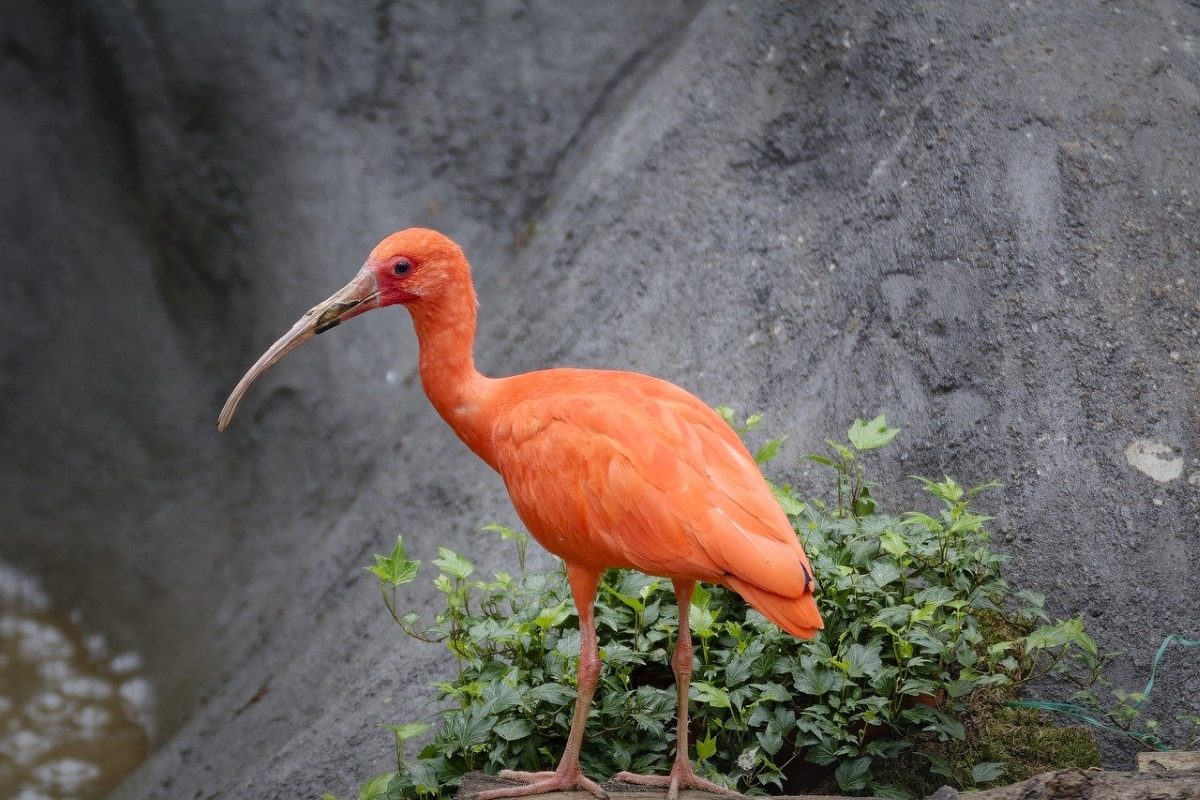
A. Involve Family and Friends
Gardening can be a wonderful family activity. Invite children, grandchildren, or friends to help plant flowers, set up bird feeders, or create water features. Engaging younger generations in wildlife gardening can foster a love for nature and teach valuable lessons about conservation and responsibility.
B. Create Wildlife Observation Days
Consider organizing family or community events centered around wildlife observation. Set up binoculars and field guides, and encourage family members to observe and document the various species visiting your garden. This activity can lead to exciting discussions about the importance of protecting wildlife habitats.
Conclusion
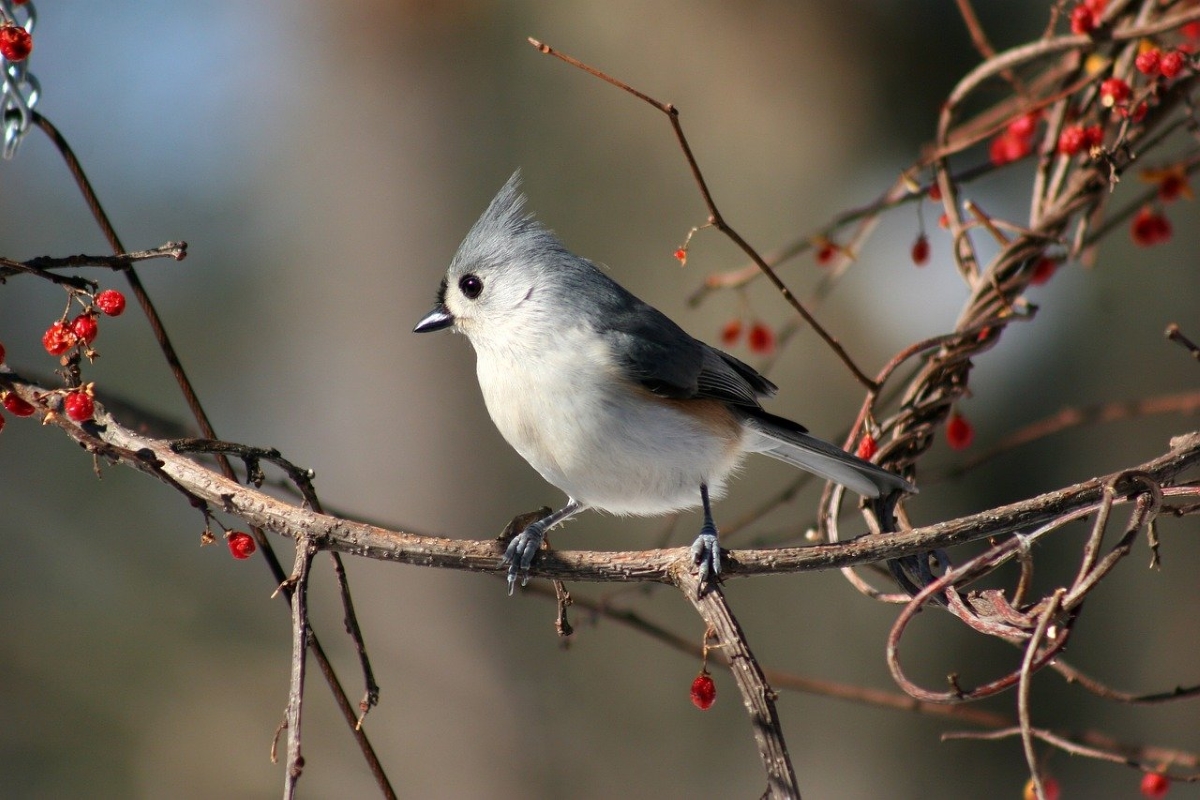
Attracting wildlife to your garden is a fulfilling way for seniors to enhance their outdoor space while promoting biodiversity and enjoying the beauty of nature. By creating a welcoming habitat with native plants, food sources, and water features, you can invite various wildlife into your garden. Maintaining a wildlife-friendly environment and involving family and friends will deepen your connection to nature and foster appreciation for the natural world. With a little effort and dedication, you can transform your garden into a thriving haven for wildlife, providing joy and tranquility for years to come.

